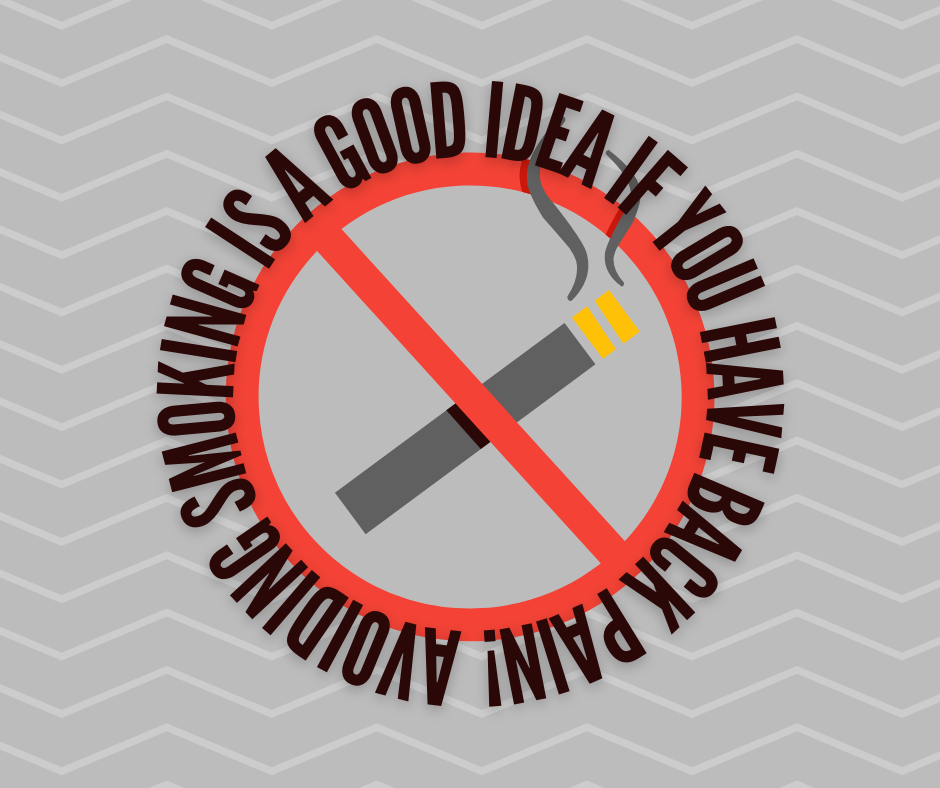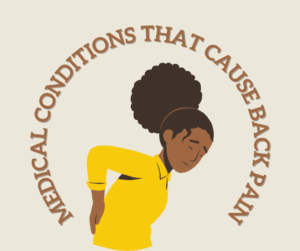Maybe you told yourself at the beginning of 2022 that this would be the year you finally quit smoking, but like the year before, you failed to uphold your promise. If you need some motivation to finally throw the cigarettes out for good this fall, we can help.
For many Americans, the association between smoking and back discomfort is apparent. 80% of Americans will experience back pain at some point in their life, making it one of the most prevalent medical conditions in the country. That populace smokes tobacco to a large extent. Smokers have a threefold increased risk of developing persistent back pain compared to nonsmokers. As a result, smoking can hurt your spine.
There is a higher risk of osteoporosis.
The addictive substance in tobacco, nicotine, reduces blood flow to the spine, which affects the discs between the vertebrae. The discs between your spine’s bones serve as shock absorbers, and the bones and discs age more quickly with decreased blood supply. Back discomfort is caused by the decrease in cushioning between the bones. Additionally, nicotine slows down calcium absorption, which is vital for forming new bones. Smokers are more likely to develop osteoporosis, fractures, and poorer healing due to this decreased bone formation. Additionally, smokers frequently develop a “smoker’s cough.”
It slows down your natural healing.
Some smokers who are still active may notice severe lower back discomfort and assume that the damage has already been done. Fortunately, there are ways to relieve back pain and the dangers of additional spinal deterioration. Stopping or significantly reducing smoking is the best way to start the healing process. Treating chronic back pain may include a variety of physical therapy, operations, massage tools, or behavioral modifications. One of the best things you can do for your body is to stop smoking. Researchers have discovered that quitting smoking helps strengthen the spine and lowers the likelihood of conditions like sciatica.
When you stop smoking, you might experience remarkable progress without surgery. Dr. Navarasala, an expert on spine health, has weighed in on the issue. “In terms of back pain, a lot of the progress that you potentially make during physical therapy and the treatment plan that we outline can quickly be negated if smoking continues.” That’s very important to understand early on in this process.
It damages blood flow.
“Because nicotine can alter the size of the blood vessels and the ability for the body to adapt,” continued Dr. Navarasala, “that can cause increased damage to the ligaments as well as muscles within the spine region.”
Smoking changes your brain.
If you thought smoking only has detrimental effects on your physical health: thank you again. It turns out that all of those packs you’ve smoked over the years can even change the way you think, and not in a good way! According to research conducted in the United Kingdom, smoking can speed up your mental aging, meaning you will become more forgetful and hazy-minded earlier in life than your peers who refrain from smoking.
Additionally, smoking leads to hormonal imbalance, especially in the subcortical regions of your brain. These leads to problems such as mood swings, excessive weight loss and gain, depression, memory loss, and so much more.
While none of these negative effects directly causes back pain, it can indirectly lead to it by making you more prone to accidents and leading to poor decision-making. As you can see, smoking affects all areas of your body, not just the lungs!
Conclusion
If you need help quitting smoking, schedule an appointment with your doctor as soon as possible. On top of that, you may also find a local support group of people trying to quit or have already quit smoking. Remember, the most challenging step is always the first one. It’s absolutely possible!








